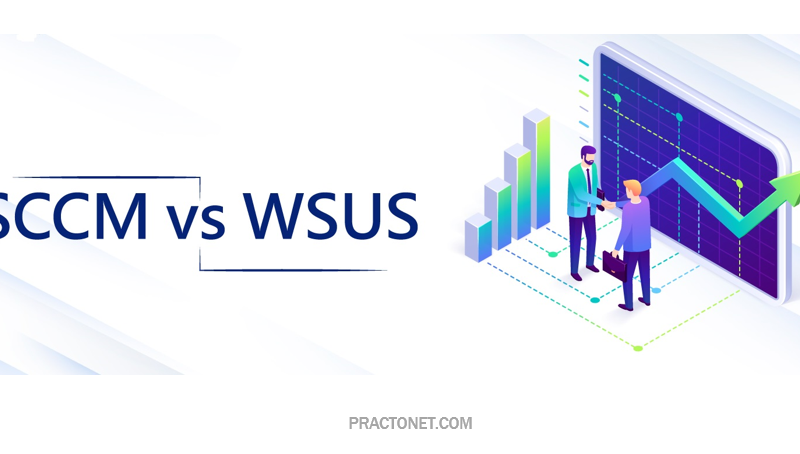There are numerous differences between serverless computing and other cloud back-end models, such as infrastructure as a service (IaaS), backend as a service (BaaS) and PaaS.
Serverless vs. IaaS
Under the IaaS cloud computing model, developers pre-purchase units of capacity rather than on demand as with serverless computing. This means organizations pay public cloud vendors for server components that are always on to run the main components of their applications.
Consequently, an organization’s server administrator and tech team are responsible for estimating how much capacity the company uses on average per month to select a pricing plan that meets its needs.
However, serverless architecture applications are deployed only when necessary, as an event triggers the application code to run. The public cloud vendor allocates the resources needed for that operation to run, and the company stops paying when the code finishes running.
Serverless vs. BaaS
One of the primary differences between BaaS and serverless computing is scalability. With serverless, the scale of the application automatically increases depending on app use. The cloud provider’s infrastructure automatically assigns the servers or containers needed to initiate this increase.
BaaS might not automatically scale an application because some BaaS platforms have a request-per-second limitation to prevent automated scaling. However, many BaaS vendors offer platforms that work much like serverless computing and scale apps automatically.
In addition, since serverless architectures are event-driven, they run in response to events. But BaaS apps are typically not event-driven, which means they need more server resources.
Serverless vs. PaaS
Scaling up and down is easy with serverless apps because it depends on demand and doesn’t require developer intervention.
While a PaaS offering also enables scalability, developers are required to set up the scaling parameters. In general, PaaS provides developers better control over their deployment environments than serverless computing.
With serverless, developers only pay for what they use. With PaaS, developers typically pay a monthly fee for services — no matter how much they use — which is much more predictable and might end up being less expensive.





